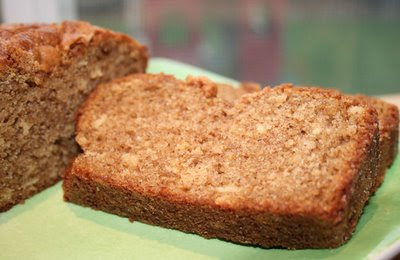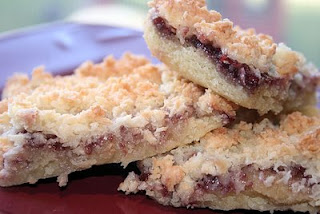

Maybe it's coming from a crafty family, or just me, but I've always loved homemade gifts. As a kid I enjoyed them but I'm not sure I really appreciated them properly until I started making them myself. Of course, some of the best homemade gifts are edible. So when I came across a recipe called Love Honey, I knew it would make a great gift.
I've always wanted to learn how to can and preserve my own food. There's just been one little thing holding me back...I'm scared. Scared of the equipment, scared of the hot water and most of all I’m scared of glass jars exploding in hot water! Luckily, this recipe did not require anything but a jar with a screw-top lid. We went right to the store so I could purchase the required jars and get started. The choosing of the jars was a little more complicated than I had imagined. We found two styles that seemed small enough, based on the fact that one recipe makes one cup of honey, and both pretty in their own way. Since I photograph everything and want the product to show through the glass, we opted for the smooth-glass with an interesting shape instead of the fancier etched glass jar.
Upon returning home and opening the package of jars to sterilize them I realized, with extreme horror, that we'd accidentally bought jars that don't have screw on lids, but actual canning lids! It was late at night (when all my good ideas come to me... like painting the kitchen purple) and I'd already torn off the cardboard box, so now I felt obligated to use them. The torn packaging, when pieced back together, had minimal instructions for the canning process.
A couple years ago I came across a recipe for Banoffee Pie. I love the holiday movie, set in Great Britain, titled Love Actually. And in it there is a scene about banoffee pie. I wonder every time I see it just what is banoffee pie? Well, here it was and I almost felt silly when I found out it was simply banana and toffee. I had to make it, of course. I remember making toffee in high school Spanish by boiling a can of sweetened condensed milk on a hotplate so I figured this would be just as simple. Well, it is when you don't forget about the 4 cans on the stove. Apparently, it's like running your car without replenishing the oil. When you let all the water boil out you get exploding cans. They didn't spray all over the kitchen, but were horribly disfigured and I was only able to get enough caramel out of the three I could open (scraping around the blackened areas) to make one of the two pies. My favorite large pot, in breast cancer pink, was ruined. The pie tasted amazing, so all was not lost, but the fear of ruining another pot was something that dawned on me now as I stared at these canning jars.
I've already spent many hours online researching canning methods, recipes, rules and especially the dangers, so I felt more or less the same about doing it as I had in the past. The difference now was I had the jars and the product sitting in front of me. I didn't have the canning pot or the special tongs but even so, I decided it was time to face my fears and finish what I'd started.
I winged it according to the simple instructions on the box and using my largest non-stick Dutch oven for the boiling water bath. The most trouble I had was not having tongs that would grip the wide mouthed, 2-inch tall jars. I used two pancake spatulas to pick up and lift (juggle) the jars out of the boiling water. I don't recommend this method however, it worked.
According to the recipe we now leave the honey to cure for three or four weeks. Luckily, my math skills are far below my writing skills so we ended up with at least two and a half cups of honey leftover after filling the four canning jars. This I poured over a double batch of spices in an old pasta sauce jar and planned on keeping and testing myself. The honey has become my number one favorite flavoring in everything from oatmeal to coffee (instead of cream and sugar). I can't wait until Christmas so I can get the reactions of my family. The flavor seems to mellow as it cures, but it comes on sweet followed by a potpourri of holiday spices and then finishes with a perfectly melded flavor.
This recipe is so easy but is really something special. I hope you give it a try!
UPDATE: 1/14/2010
Email from a friend: "I really liked the honey. I had it on my oatmeal and it had just the right amount of sweetness and the spices were mellow and not overwhelming, a lovely blend of both sweet and spice. When things are too spicy I get heartburn, but this didn't come close. I'm still looking forward to toast with it."





















